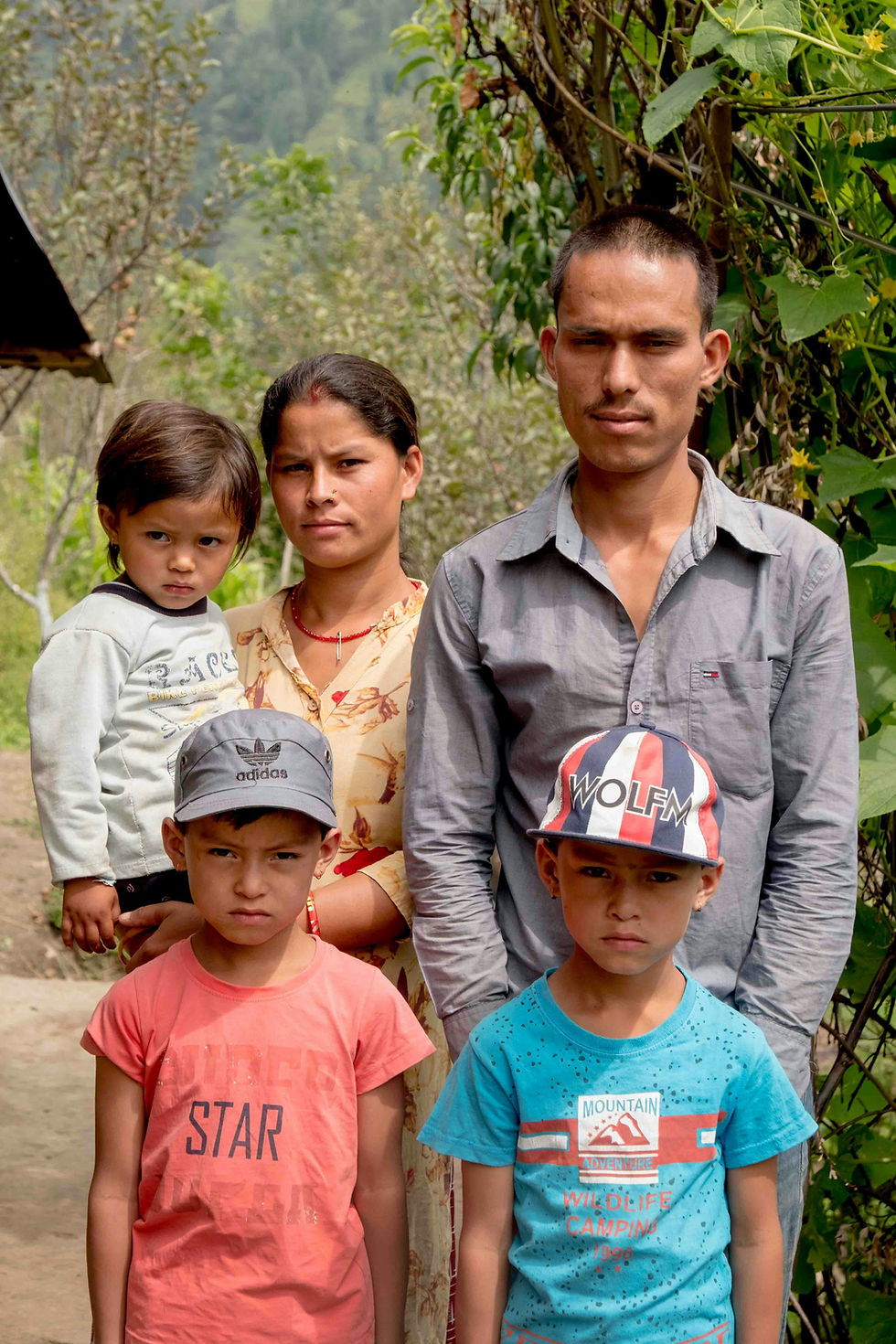The media and the myth of the unharmed child
- National Prevention Science Coalition

- Aug 10, 2022
- 4 min read
Updated: Sep 7, 2022

By Sarah Terrell and Diana Fishbein
Opinion contributors - 08/04/22
Children in the U.S. who witness or directly experience violence are not a rarity. A staggering 38% of American children reported having witnessed violence at home or in the community in 2016, and by at least one indicator, the incidence increased approximately 12% during the COVID-19 pandemic due to domestic violence alone. Nobody believes that’s an acceptable state of affairs. However, many people may not realize the real harm done to children’s development even when they appear to be physically unscathed.
The media is partially to blame for this misconception. They are, after all, a major source of information for the general public. Viewers who repeatedly hear from reporters that children who witness violence are “unharmed” get the impression that only physical injury can adversely affect the child. Stark examples of this common reporting frame can be found in recent headlines that read “Child found unharmed in back of car with multiple bullet holes, blood in domestic violence investigation” and “Three children unharmed during suspected murder-suicide, police say.”
Reporters’ and editors’ routine portrayal of children’s exposure to violence as inconsequential discounts the considerable damage that can be done to their developing brains and, as a result, mental and physical health problems that can last a lifetime. In effect, the notion is reinforced that if you cannot observe the impacts with the naked eye, they don’t exist. Even worse, it may desensitize the public to the harm that witnessing violence can cause.
How exactly does severe psychological distress exert such a profound effect during childhood? Starting from birth, children’s brains grow rapidly and develop new connections that support learning, decision-making, inhibiting impulses and planning for the future. As children mature into adolescence, these abilities become increasingly sophisticated, allowing for the thinking or cognitive part of the brain to exert control over areas responsible for emotion and reactions to stress.
The extent to which children learn how to self-regulate behavior and emotion is key to maturity, but these developmental processes can be derailed, as everything a child experiences affects brain growth and functioning — for better or for worse. For the better, nurturing, supportive environments have the effect of strengthening brain systems that underlie self-regulation. For the worse, seriously stressful or traumatic experiences may disrupt the brain’s development, leading to poor self-regulation.
All this translates into the potential for exposure to violence to significantly increase risk for a host of mental and behavioral health problems. In particular, witnessing violence is linked to higher rates of anxiety, depression, conduct problems, post-traumatic stress disorder (PTSD) and substance use, both in the near term and later in life. In addition to undermining healthy brain development, witnessing violence is associated with elevated levels of stress hormones and inflammation that may lead to wear and tear on the body. Prolonged activation of these bodily systems increases risk for chronic diseases, such as coronary heart disease, cancer, diabetes and kidney disease.
This means that children may not be directly physically harmed at the time they are exposed to violence, as poorer health outcomes often surface later.
If as a society we are committed to breaking intergenerational cycles of trauma-induced health problems, it is critical to understand that psychological harm may have profound impacts on child development and health. Dialogue around childhood exposure to violence should promote empathy for children and bring awareness to the concerning prevalence of violence exposure and its negative effects on child wellbeing.
Journalists can contribute to this dialogue shift by following two simple recommendations when reporting violent incidents where children are present, and those of us who read and talk about the news can follow suit.
First, avoid statements that suggest a child was not harmed or is “OK” when they are discovered at the scene of a violent crime. Second, make the connection clear between exposure to violence and the deleterious impacts on children’s development and wellbeing. Statements such as, “The child was not physically harmed during the incident, however, the experience is traumatic and requires follow-up” would go a long way toward helping the public to understand that witnessing violence is a non-normative experience, one that a child should never have.
If we adjust the way we think about harm, we can help increase referrals to services for these children, and may bring awareness to the need for more effective public health strategies that reduce violence exposure at the outset.
This piece appeared as an op-ed in the New York Daily News on August 4th. It was written by Sarah Terrell and Diana Fishbein. View the article in the New York Daily News.
Sarah Terrell is a doctoral student in human development and family studies at The Pennsylvania State University and a member of the National Prevention Science Coalition to Improve Lives.
Diana Fishbein is the co-director of the National Prevention Science Coalition to Improve Lives, the director of Translational Neuro-prevention Research in the Frank Porter Graham Child Development Institute, University of North Carolina at Chapel Hill, and part-time faculty at The Pennsylvania State University.




The media often portrays an unrealistic image of the "unharmed" child, ignoring the complexities of emotional and mental well-being. Encouraging healthy outlets for children to express themselves is key. For example, LEGO Speed Champions light kits can offer kids a fun, creative way to focus their energy and problem-solving skills. It's important to recognize that every child has different needs, and providing them with tools to manage stress and emotions can help them develop resilience in the face of challenges.